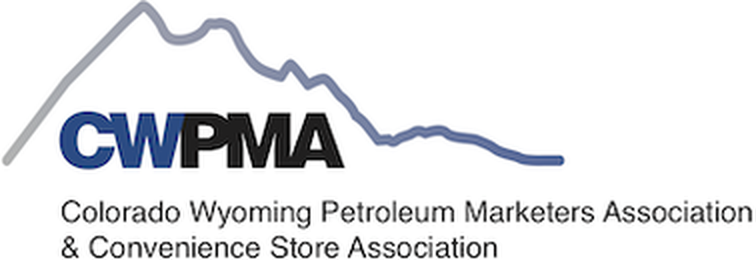https://freight.cotrip.org/
As reminder Hazardous materials permitting is done through CDOT and is no longer at the PUC –
Colorado law requires that any person transporting hazardous materials that require placarding under Parts 172 or 173 of Title 49, Code of Federal Regulations (C.F.R.), must obtain a permit from the Colorado Department of Transportation prior to performing any transportation of these materials in, to, from, or through Colorado. Additionally, both Colorado and federal law require that no motor carrier shall operate a motor vehicle until the motor carrier has obtained and has in effect the minimum levels of financial responsibility as set forth in of 49 C.F.R., Part 387.
Chain Law:
Commercial vehicles driving on I-70 between mileposts 133 (Dotsero) and 259 (C-470) from Sept. 1–May 31 must carry sufficient chains at all times to be in compliance with the Colorado chain law. This is the only area in Colorado in which chains must be carried during the specified season.
This information applies to Colorado State, Federal and Interstate highways.
• Chains on I-70: Commercial vehicles driving on I-70 between Dotsero (MP* 133) and C-470 (MP 259) from Sept. 1 to May 31 must carry chains to comply with Colorado chain law. This is the only area in Colorado where chains must be carried during the specified season.
• Definitions: Commercial Motor Vehicles (CMVs) for the purposes of these rules means vehicles with manufacturer GVWR or GCWR of at least 16,001 lbs. used in commerce on public highways or used to transport at least 16 passengers including the driver.
• Chain Law: To travel on a state highway when CMV Chain Law is in effect CMVs must have chains or Alternative Traction Devices (ATDs) on at least four of the drive wheel tires or all of the drive wheel tires if vehicle has fewer than four drive wheel tires. Buses must have chains or ATDs on two drive wheel tires.
• Notification: CDOT will communicate Traction and Chain Law requirements by Variable Message Signs, static signs, COtrip.org, phone messaging, email, text and other technologies. Notifications will specify Mile Points and exit numbers when chains are required.
• Chaining Up: CMV Chain Law requires all large vehicles to affix chains or ATDs to all drive tires (up to four).
• Tire Chains/Cables: These include (but are not limited to) metal chains consisting of two circular hoops, one on each side of the tire, connected by not less than nine evenly spaced chains across the tire tread. Chains must meet the SAE classification by the National Association of Chain Manufacturers. Clip-on chains and tire cables are not permitted for use on commercial vehicles, nor are other devices not designated as approved ATDs.
• Alternate Traction Devices (ATDs): ATDs must be on the Colorado Department of Transportation (CDOT) Approved Product List (“APL”). Drive wheel sanders and pneumatically driven chains are also allowed.
• Passing When Chain Law In Effect: CMVs are restricted to the right lane unless encountering a stalled or slower moving vehicle that would result in the loss of traction. In this case, the CMV may use the left or center lane to pass if it can be done safely and without interfering with other traffic. Pass must be completed without losing traction and the CMV must return immediately to the right lane upon completion of the pass.
CDOT Hazmat FAQ Updated 5-6-22
